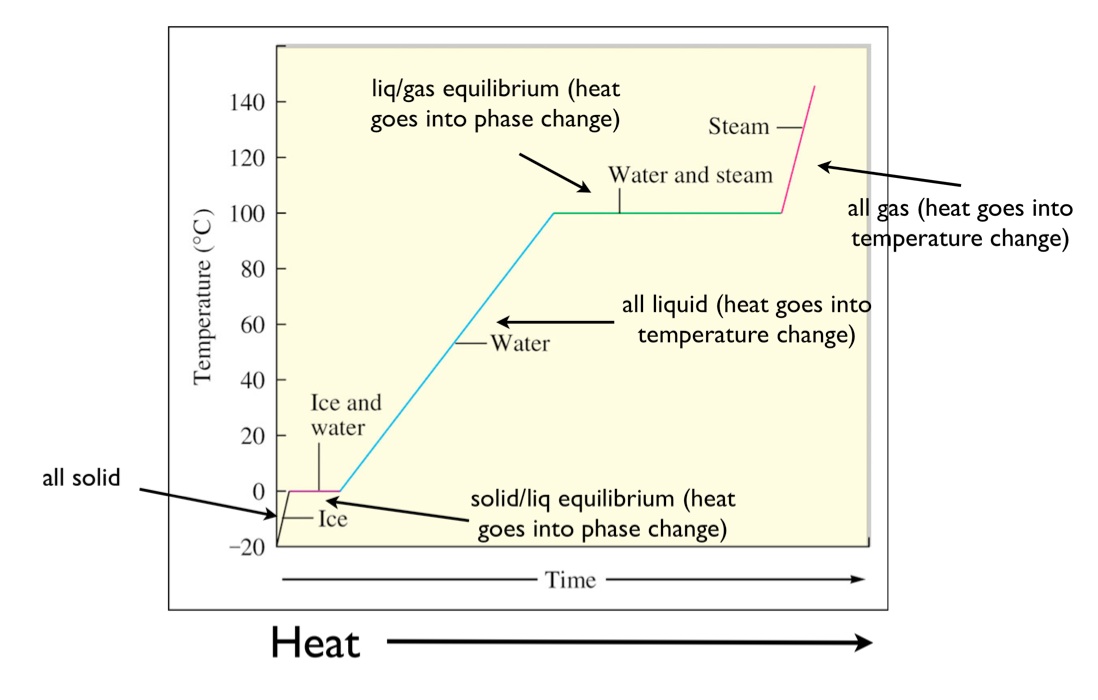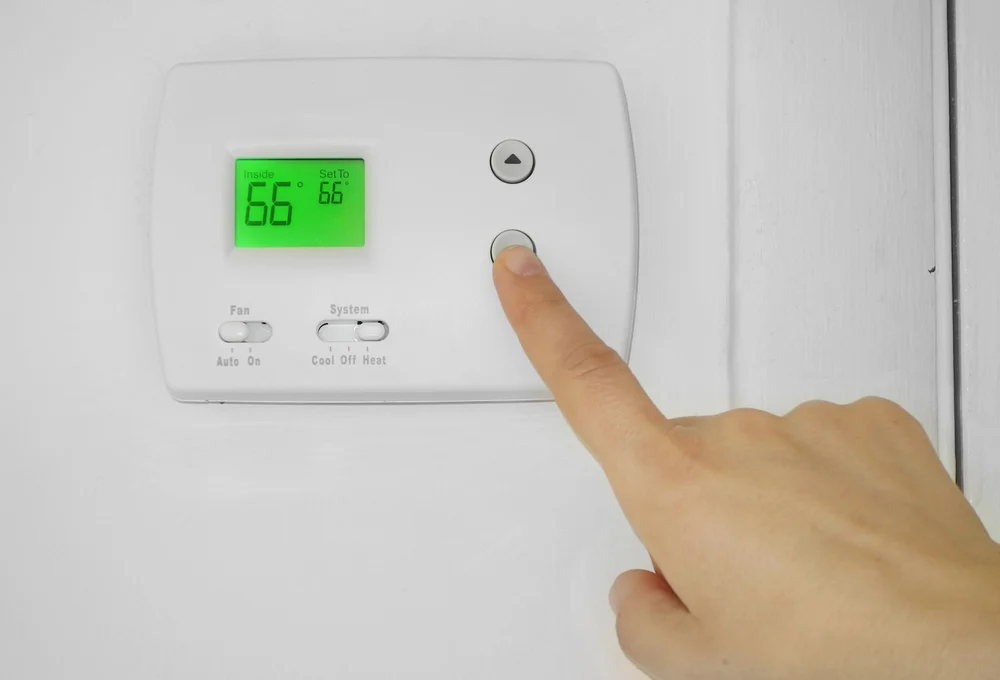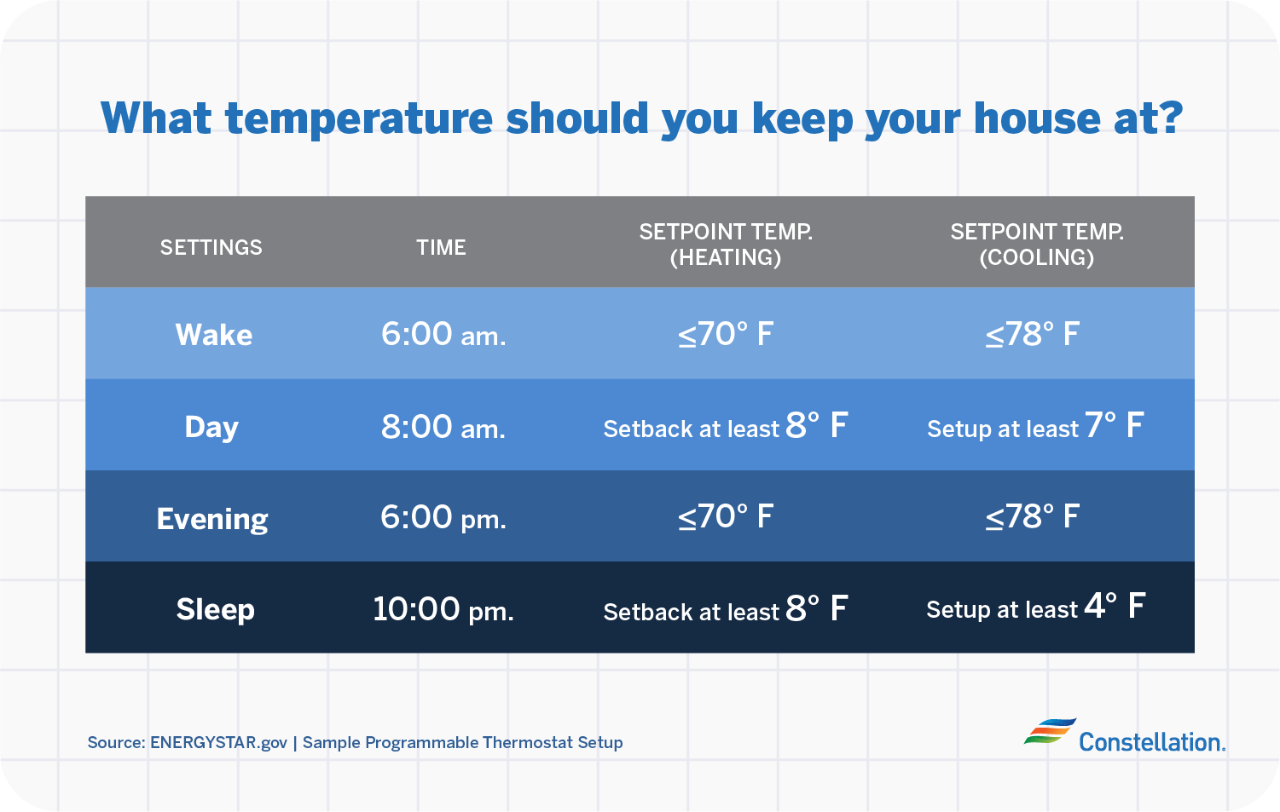What Temperature Should You Turn Heat On

The question of when to turn on the heat isn't just about personal comfort; it's a complex decision that balances energy efficiency, cost, health, and the lifespan of your HVAC system. There's no single "magic number," but understanding the factors involved will help you make the right choice for your specific situation, whether you're a homeowner, a seasoned HVAC technician, or a facility manager overseeing a large building.
Understanding Comfort and Health
For most people, a comfortable indoor temperature falls within a relatively narrow range. The U.S. Department of Energy (DOE) recommends setting your thermostat to 68°F (20°C) when you're home and awake. This balances comfort with energy savings. However, personal preferences vary widely. Some individuals feel comfortable at slightly lower temperatures, while others prefer a warmer environment.
Beyond personal preference, consider the health implications. Lower indoor temperatures can exacerbate certain health conditions, such as arthritis or asthma. Elderly individuals and infants are also more susceptible to the effects of cold. Maintaining a temperature above 65°F (18°C) is generally recommended to protect these vulnerable populations. Consider using supplemental heating, such as space heaters, in specific rooms to address individual needs without raising the temperature throughout the entire building.
Energy Efficiency and Cost Savings
From an energy perspective, the lower you keep your thermostat, the less energy you'll use. Each degree you lower your thermostat for eight hours a day can save you up to 1% on your heating bill. This is especially true if you have a programmable thermostat that automatically lowers the temperature when you're asleep or away from home.
Consider the type of heating system you have. Forced-air furnaces, which use natural gas, propane, or oil, are a common choice. Their efficiency is measured by Annual Fuel Utilization Efficiency (AFUE). A higher AFUE rating means less fuel is wasted. Newer, high-efficiency furnaces can have AFUE ratings of 90% or higher. Heat pumps, on the other hand, transfer heat rather than generate it, making them a potentially more energy-efficient option, particularly in milder climates. Their efficiency is measured by Heating Seasonal Performance Factor (HSPF). Higher HSPF numbers indicate better efficiency.
The cost of heating also depends on your local energy prices. Natural gas prices are generally lower than electricity prices, making gas furnaces a more cost-effective option in many areas. However, electric heat pumps can be competitive, especially when considering their cooling capabilities as well.
Protecting Your HVAC System
While it might seem tempting to turn off the heat completely when you're away to save energy, this can actually damage your HVAC system and your home. Pipes can freeze and burst, leading to costly water damage. Furthermore, a sudden drop in temperature can put a strain on your heating system when you turn it back on, potentially shortening its lifespan.
A good rule of thumb is to never let your indoor temperature drop below 55°F (13°C). This will help prevent frozen pipes and protect your HVAC system. For unoccupied buildings or vacation homes, consider installing a freeze sensor that will automatically turn on the heat if the temperature drops too low.
HVAC Systems and Building Types
The ideal temperature setting also depends on the type of building. Homes generally have simpler heating systems than commercial buildings. Residential systems are typically designed to maintain a consistent temperature throughout the house. Commercial buildings, on the other hand, often have more complex systems with multiple zones that can be controlled independently.
For property managers overseeing large buildings, zone control is crucial for energy efficiency. Different areas of the building may have different heating needs. For example, a south-facing office may require less heating than a north-facing warehouse. By controlling the temperature in each zone separately, you can minimize energy waste and maintain comfortable conditions for everyone.
Residential HVAC Systems
For homeowners, consider these factors:
- Insulation: Proper insulation is key to maintaining a comfortable temperature and reducing energy costs.
- Windows: Drafty windows can let in cold air and increase your heating bills. Consider sealing or replacing old windows.
- Thermostat: Programmable or smart thermostats can help you automate your heating schedule and save energy.
- Regular Maintenance: Schedule regular maintenance for your furnace or heat pump to ensure it's running efficiently. This includes changing air filters regularly.
Commercial HVAC Systems
For facility managers, consider these factors:
- Building Automation Systems (BAS): BAS systems can automate and optimize your HVAC system based on occupancy, weather conditions, and other factors.
- Chillers and Boilers: Large commercial buildings often use chillers for cooling and boilers for heating. These systems require regular maintenance to ensure they're operating efficiently.
- Air Handling Units (AHUs): AHUs distribute heated or cooled air throughout the building. Make sure they're properly maintained and that the filters are clean.
- Energy Audits: Conduct regular energy audits to identify opportunities to improve energy efficiency and reduce costs.
Cost Comparison: Heating System Types
Different heating systems have different upfront costs, operating costs, and lifespans. Here's a general comparison:
- Natural Gas Furnace: Moderate upfront cost, relatively low operating cost (depending on gas prices), lifespan of 15-20 years.
- Propane Furnace: Moderate upfront cost, higher operating cost than natural gas (depending on propane prices), lifespan of 15-20 years.
- Oil Furnace: Moderate upfront cost, fluctuating operating cost (depending on oil prices), lifespan of 15-20 years. Often requires specialized tank maintenance.
- Electric Furnace: Low upfront cost, high operating cost (depending on electricity prices), lifespan of 20-25 years.
- Heat Pump: Moderate to high upfront cost, moderate operating cost (more efficient than electric furnace, especially in milder climates), lifespan of 15-20 years. Can also provide cooling.
- Geothermal Heat Pump: High upfront cost, very low operating cost, lifespan of 20-25 years (indoor unit) and 50+ years (ground loop). Highest initial investment but the lowest long-term running costs.
These are general guidelines; actual costs can vary depending on your location, the size of your home or building, and the specific model you choose. Consulting with a qualified HVAC technician is essential for determining the best heating system for your needs.
Tips for HVAC Technicians and Installers
As an HVAC technician, it's crucial to provide your clients with accurate information about energy efficiency and cost savings. Here are some tips:
- Conduct a thorough assessment: Before recommending a new heating system, assess the client's home or building, including its size, insulation, and climate.
- Explain the different options: Clearly explain the pros and cons of different heating systems, including their upfront costs, operating costs, and lifespans.
- Provide energy-saving tips: Offer advice on how to improve energy efficiency, such as sealing air leaks and upgrading insulation.
- Proper sizing is critical: Over-sized units cycle on and off too frequently, reducing efficiency and system lifespan. Under-sized units will struggle to maintain temperature and work harder, shortening their lifespan.
- Emphasize regular maintenance: Stress the importance of regular maintenance to ensure the system operates efficiently and lasts longer. Maintenance agreements can provide a steady revenue stream and benefit your clients.
Conclusion
Deciding when to turn on the heat is a personal decision that depends on a variety of factors. By understanding the principles of comfort, energy efficiency, health, and HVAC system maintenance, you can make an informed choice that meets your needs and saves you money. Whether you're a homeowner looking to lower your energy bills, a facility manager responsible for a large building, or an HVAC technician providing expert advice, a balanced approach that considers all these factors is key.
Remember, the ideal temperature is not just about a number on the thermostat; it's about creating a comfortable, healthy, and energy-efficient environment for everyone.










